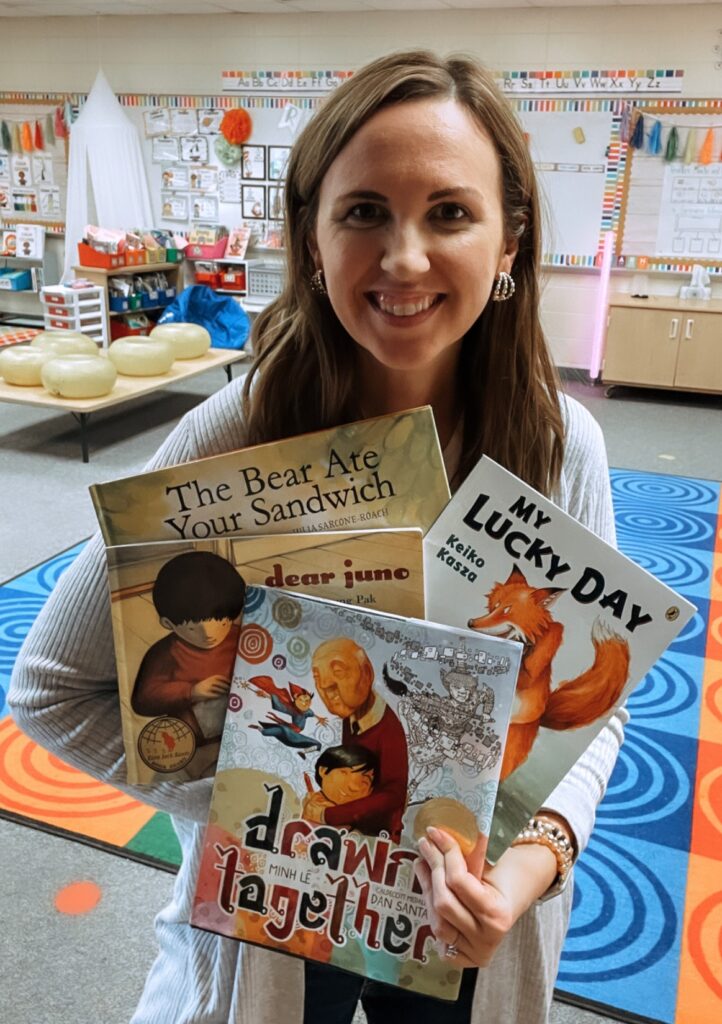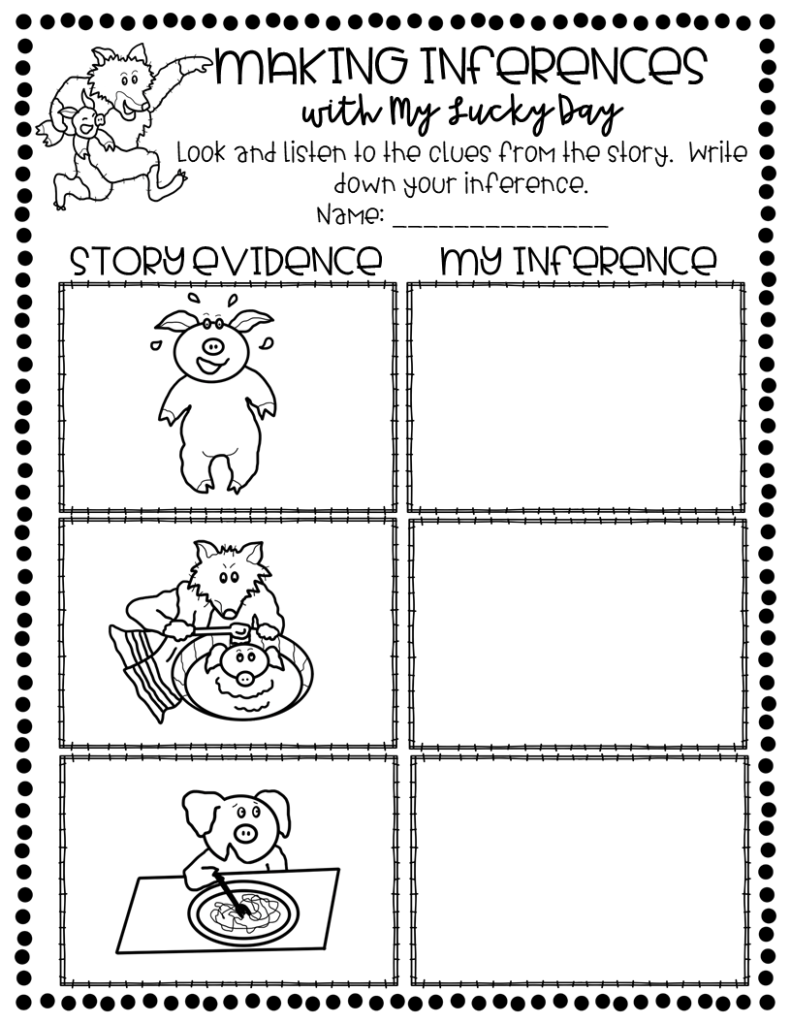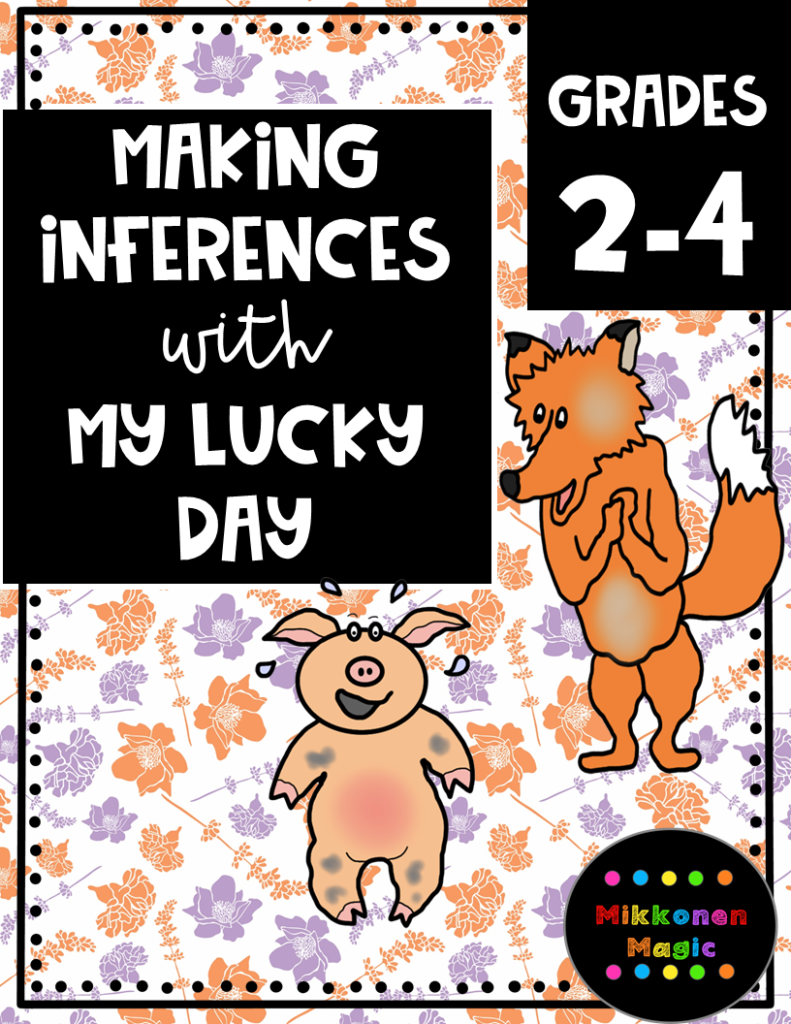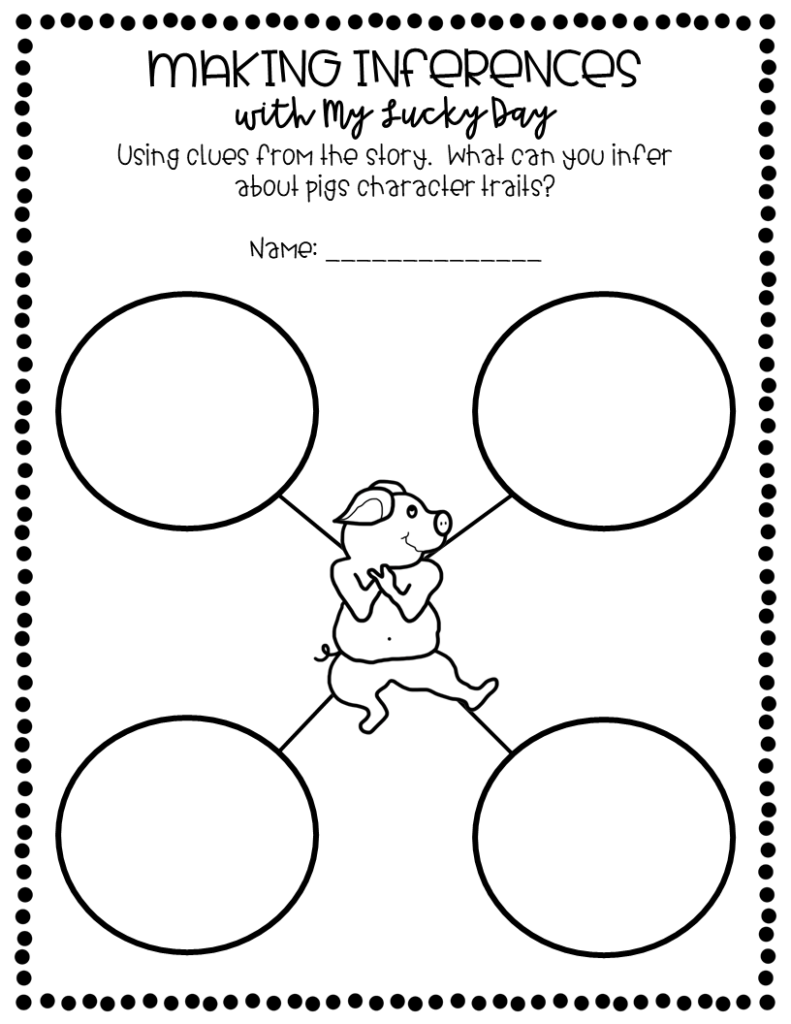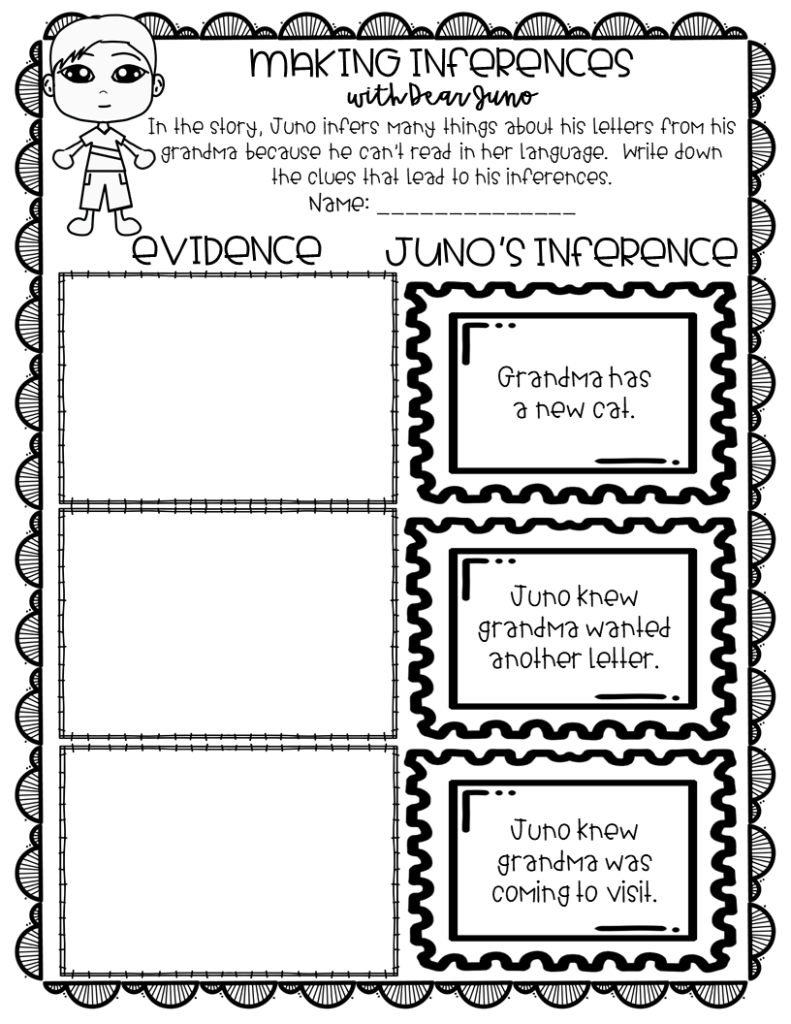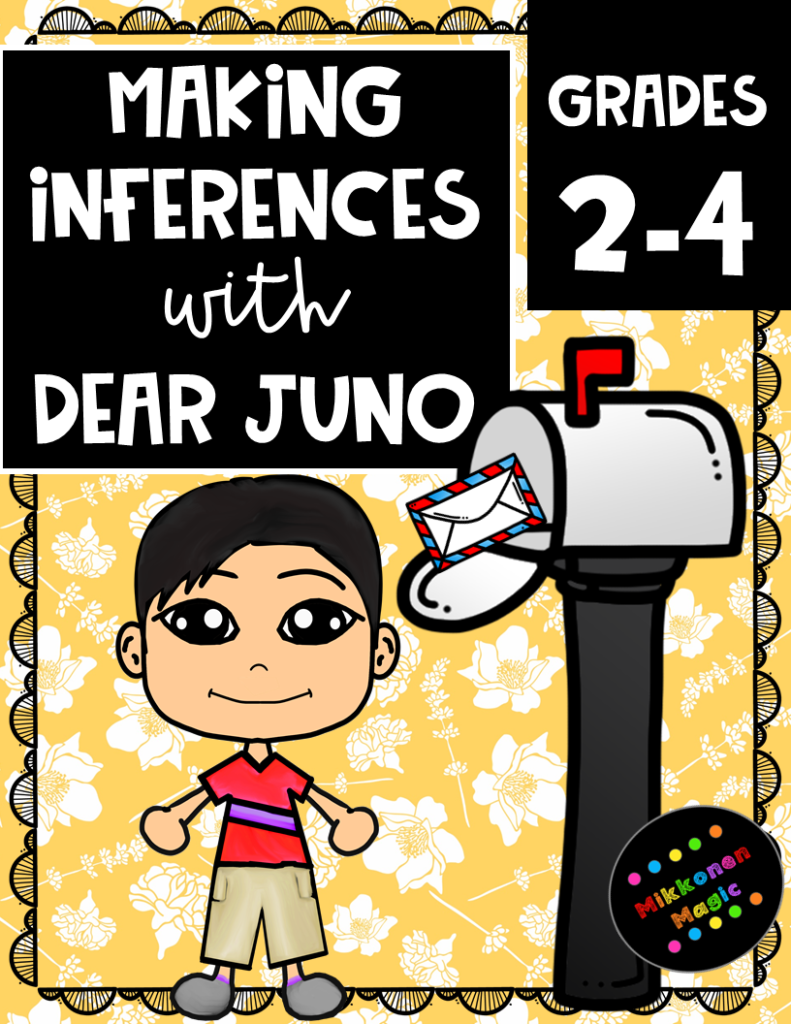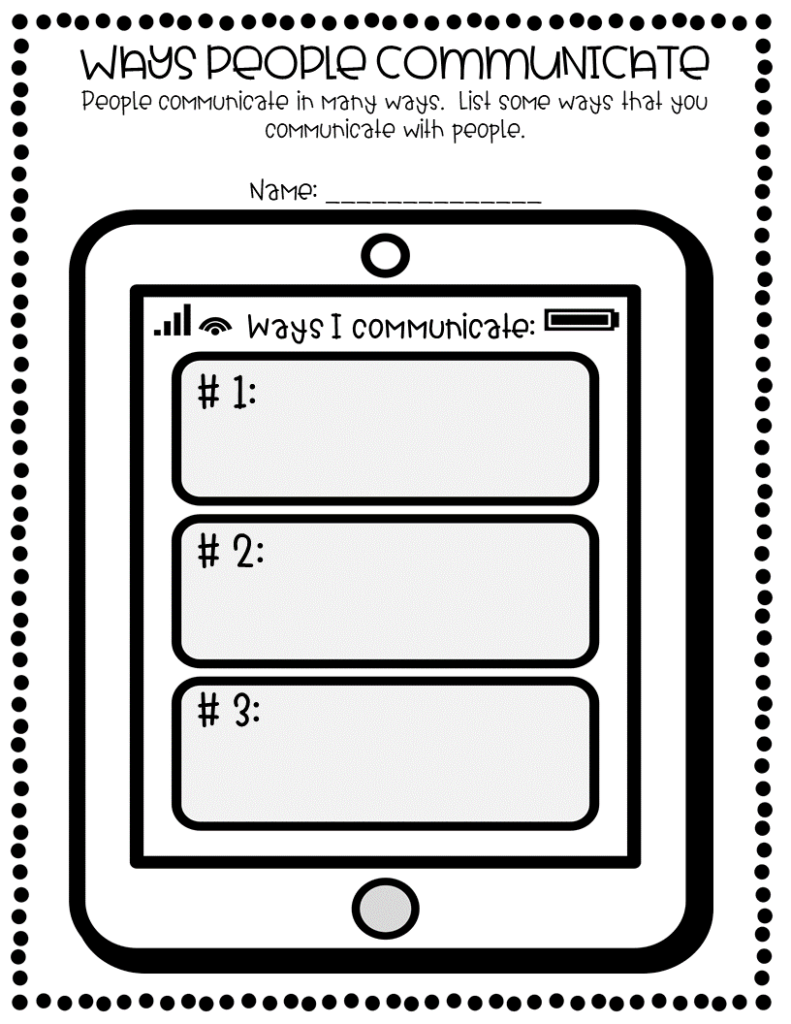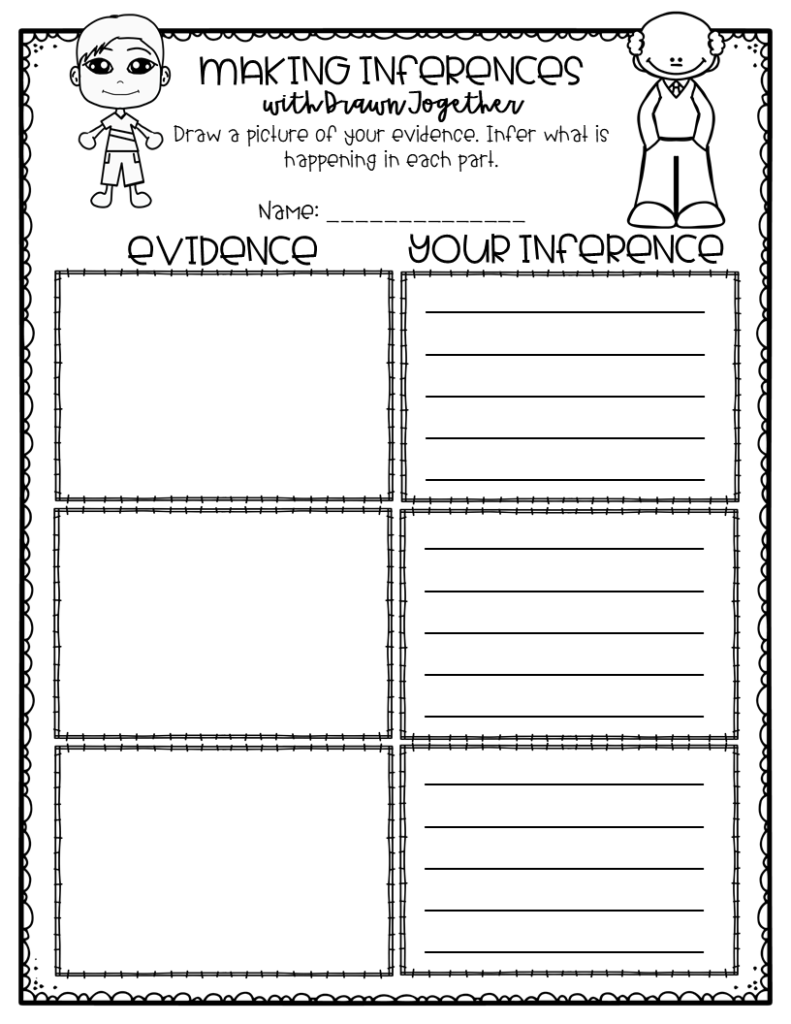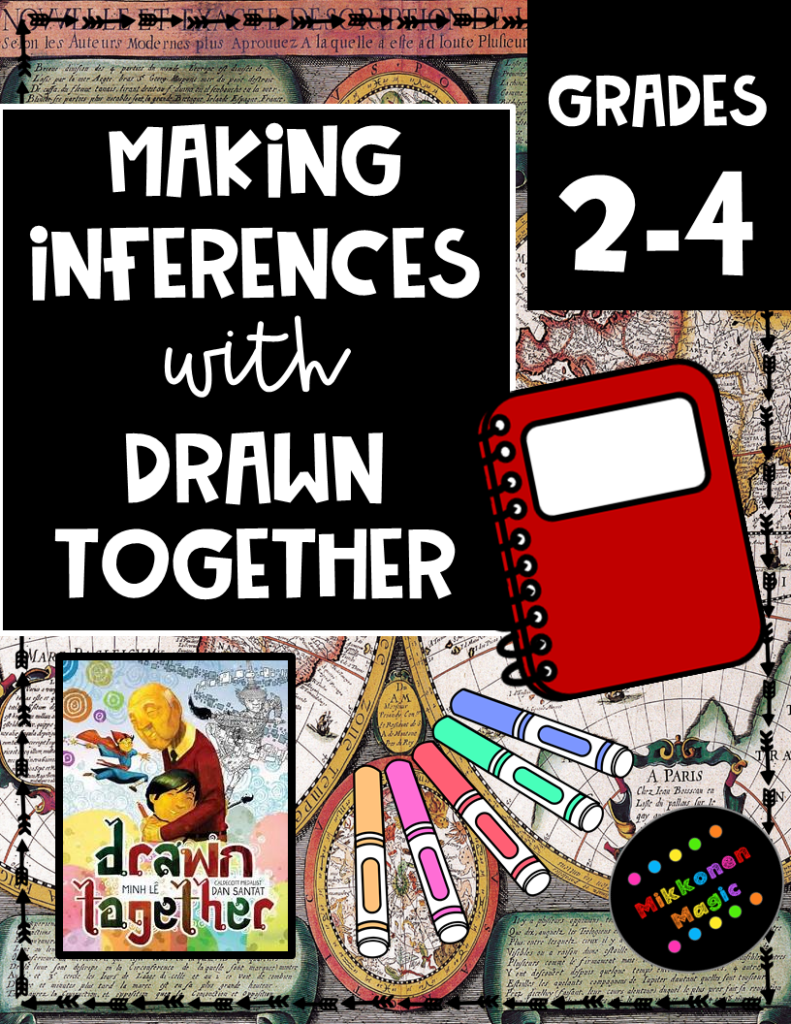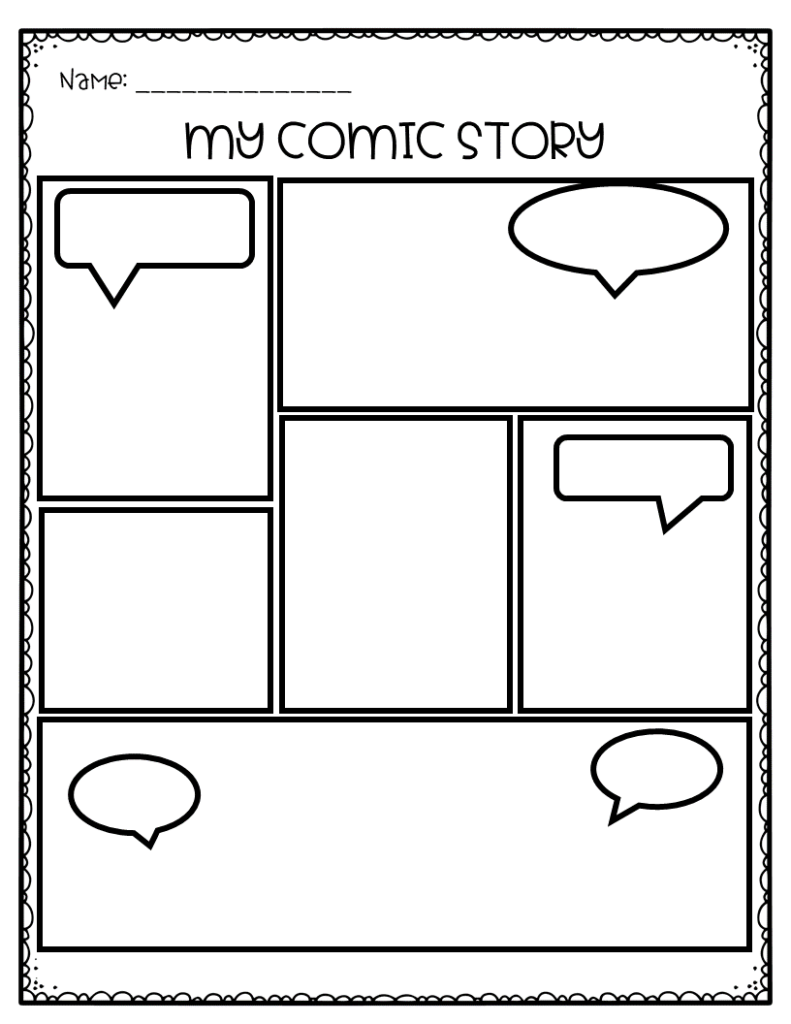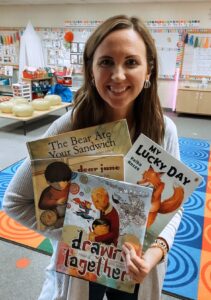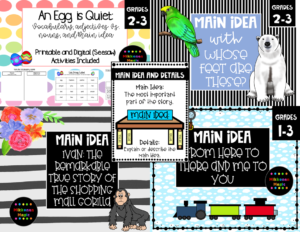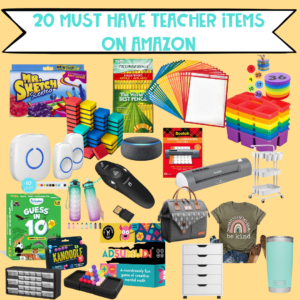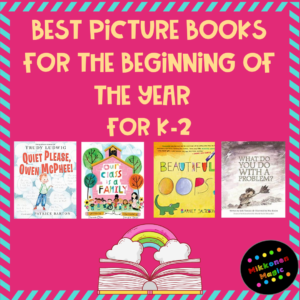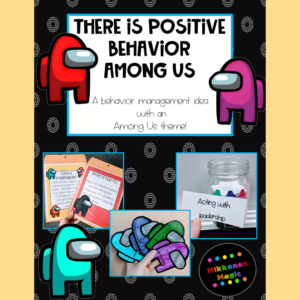How to make inferences is one of my absolute favorite things to teach! Maybe because I love mystery books and making inferences is like being a detective looking for clues. Or maybe it is because students already know how to infer, even if they don’t realize it.
Imagine a student coming in from recess crying and holding their arm. Without adult prompting, the other students are inferring that a) the student is hurt b) the student may need to go to the nurse or even c) the student is in need of comfort. These types of inferences happen every day in our students lives.
Although students are able to easily make inferences in their every day life, as teachers we need to teach our young readers how to apply it to reading. In this post I will be sharing ideas for how to teach inferring through scaffolding. Make sure to read the whole post for links to all my favorite resources and books!
Before starting this unit, I like to introduce this skill with my favorite BrainpopJr. video. Another video I like to use is this Flocabulary video (please note that both videos do require a subscription to view).
Step 1: Making Inferences with Pictures
Before students can make inferences within text, it is important they can infer using pictures. For students reading levels A-D, this skill is especially important, as much of their conveying of meaning comes from the pictures. The pictures play a vital role in their understanding of the story.
Even with older students, using pictures first is a great place to start. Listed below are some of my favorite activities to use when inferring with pictures.
Inferring with pictures FREEBIE on Teachers Pay Teachers (TpT)
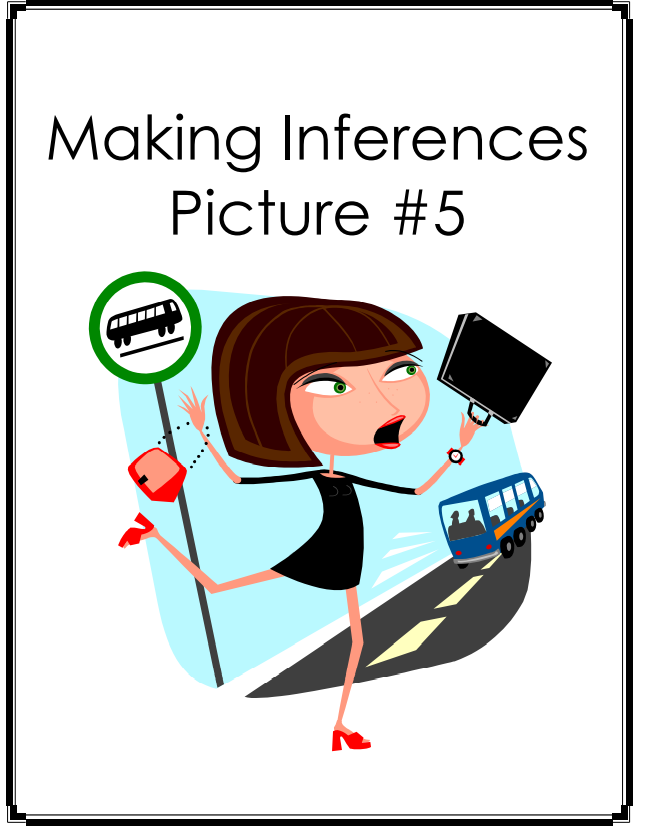
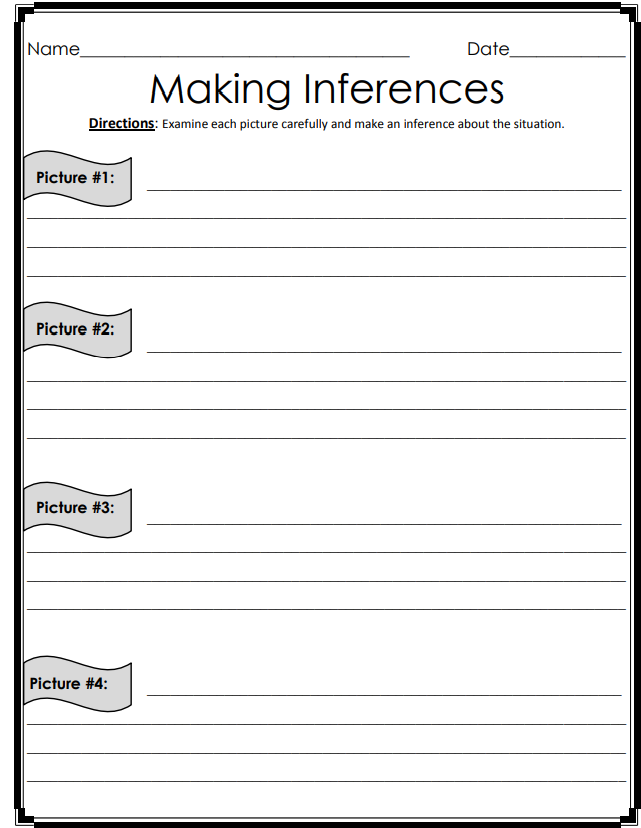
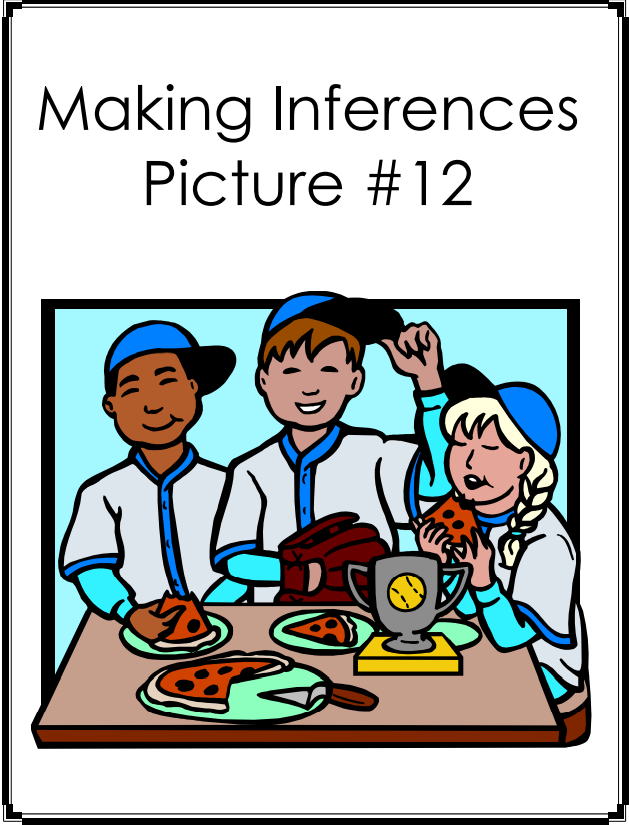
You can use this as a whole class activity. Pick and choose the pictures you want to use to guide instruction. Or you can use it as an independent activity where students go around the room looking at each picture and making their inference on their activity card.
Inferring with picture books
I usually spend the first week of my inferring unit teaching using picture books. Here are some of my favorites for making inferences using pictures. All of the books listed below have little to no text.
Tuesday by David Wiesner
Changes, Changes by Pat Hutchinson
The Lion and the Mouse by Jerry Pinkney
Step 2: Making Inferences with Riddles
After students have mastered making inferences with pictures, I like to move onto riddles. I usually only spend 1-2 days on this skill before I move onto actual text. This is a great in between from pictures to text.
Here are some of my favorite resources.
Animal Riddle Interactive Slides
I created this interactive slideshow for students to infer which animal is being described in the riddle. This slideshow contains 10 different animal riddles. Each riddle contains 5 clues. When an answer is selected, students will see a CORRECT or INCORRECT slide. If the answer is incorrect, it will direct students back to the riddle to try again. I use this as a class game, but you could also assign it as an independent activity on Seesaw or Google Classroom.
Find this resource HERE.
Inference Riddles for Beginners
Another great resource for students to have fun learning about making inferences with these fun, easy to read riddles. The clues will help students put together and answer the questions, “What am I?” “Where am I?” “What am I doing?”
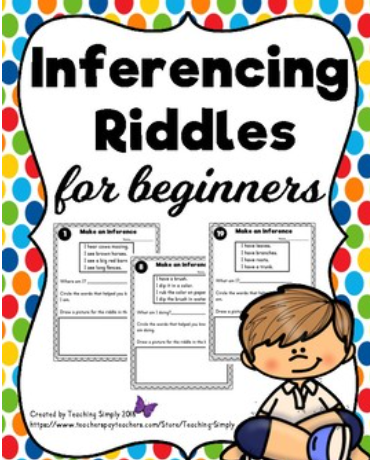
Step 3: Making Inferences with Text
After practicing making inferences with pictures and riddles, we move onto the best part- making inferences with text! I absolutely love the books that we use in our classroom to learn about making inferences. These are typically some of my classes favorites of the year! Read on below for the books and activities to go with each!
My Lucky Day
My Lucky Day is a hilarious story that students love! A delicious-looking pig knocks on Mrs. Fox’s door “accidentally” and the fox cannot believe his luck. It is his lucky day! Or is it?
In this funny trickster tale, Kasza keeps readers guessing the whole time until the surprise ending!
This books is a great introduction for making inferences with text. Use these resources to help guide your instruction! Answer keys included.
Dear Juno
A great multicultural story where the main character Juno and his grandma write letters back and forth. Although they don’t speak or write in the same langauge, they are able to communicate through making inferences.
Students can use these resources to find clues on how Juno makes his inferences. A great story that many of my students were able to relate to!
Drawn Together
Such a beautiful story with amazing illustrations. When a young boy visits his grandfather they can’t seem to find much in common due to a lack of common language. But as they sit down and draw together, something magical happens!
These resources will not only help with making inferences, but students will love to create their own comic after reading!
Two Bad Ants
This is a book that I typically use towards the end of the unit since it tends to be a little trickier than the others. Although it is mroe difficult, it lends itself to so many great chances to infer.
Two ants travel in search of “crystals” in a “far away land”. Students must infer what these crystals are and where the ants travel on their journey. Make planning a breeze with these resources.
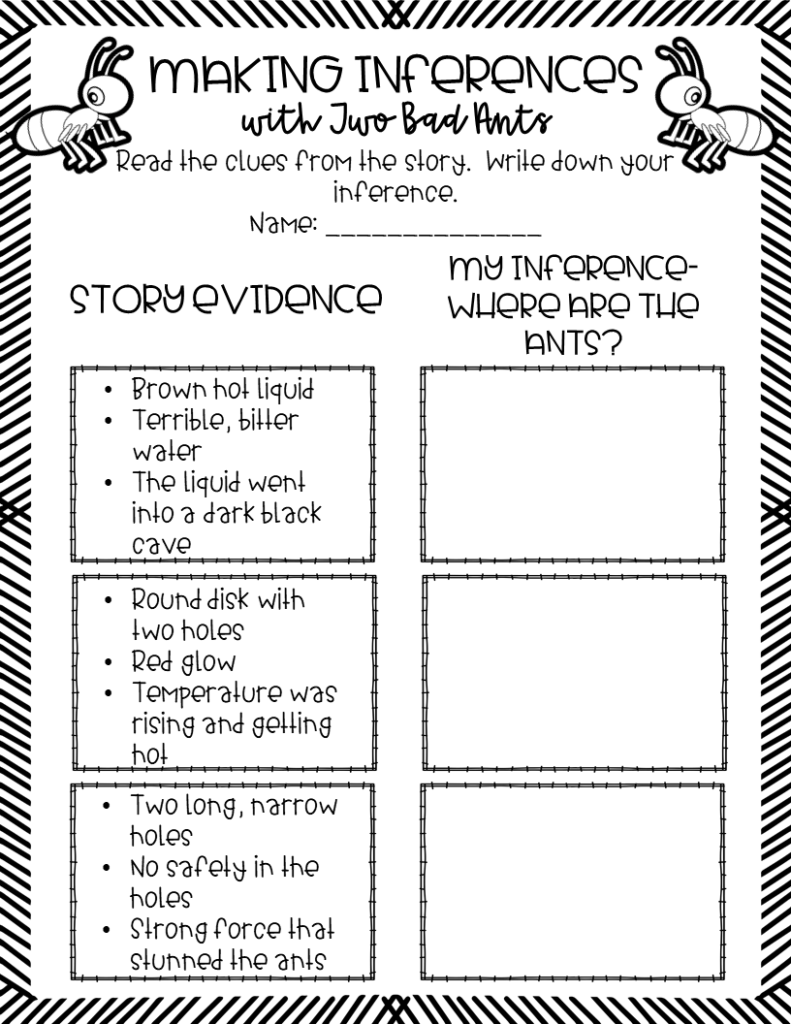
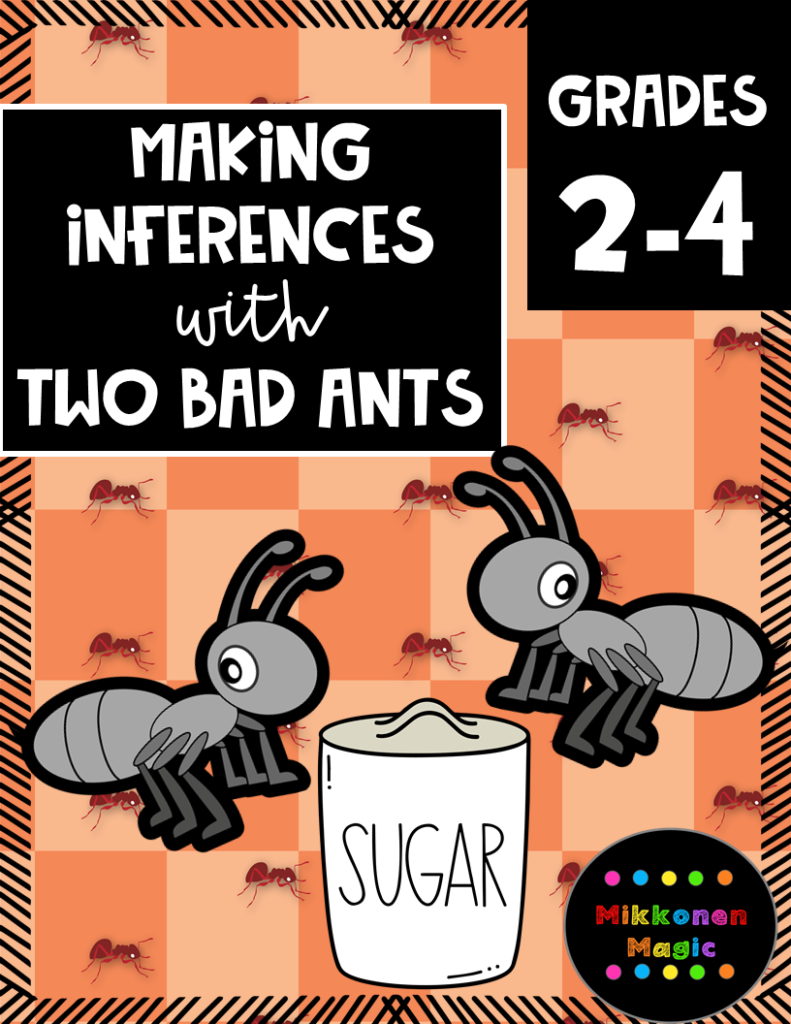
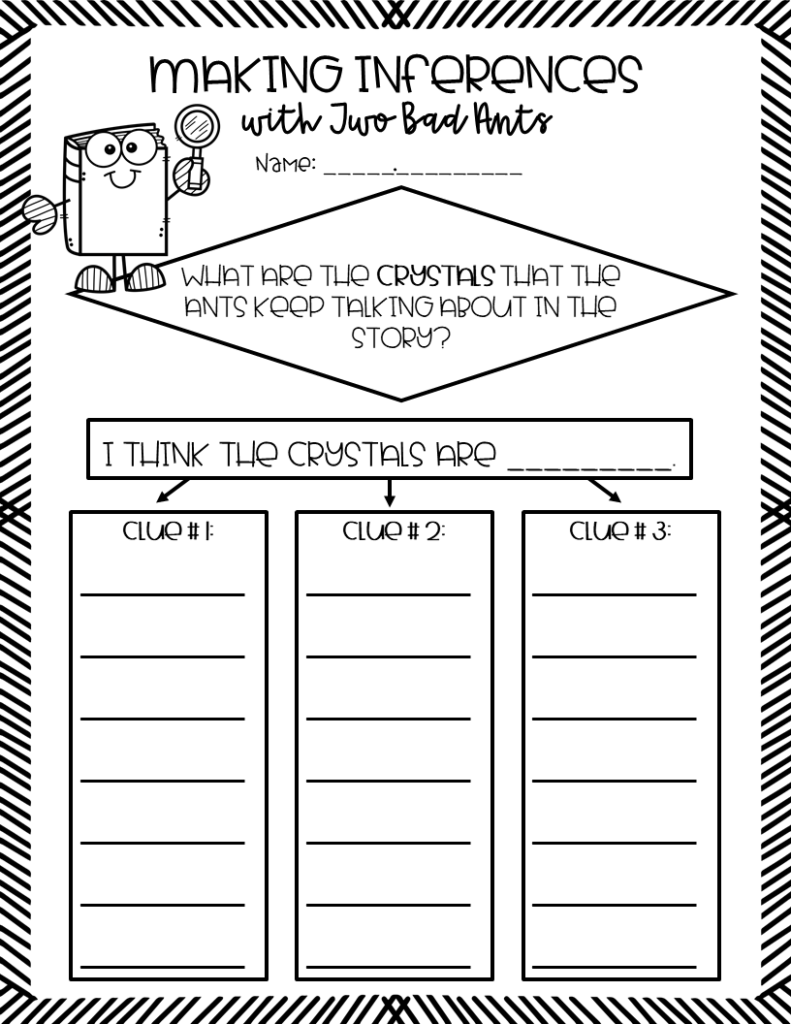
If you like these resources, you can buy them all together in this money saving bundle!
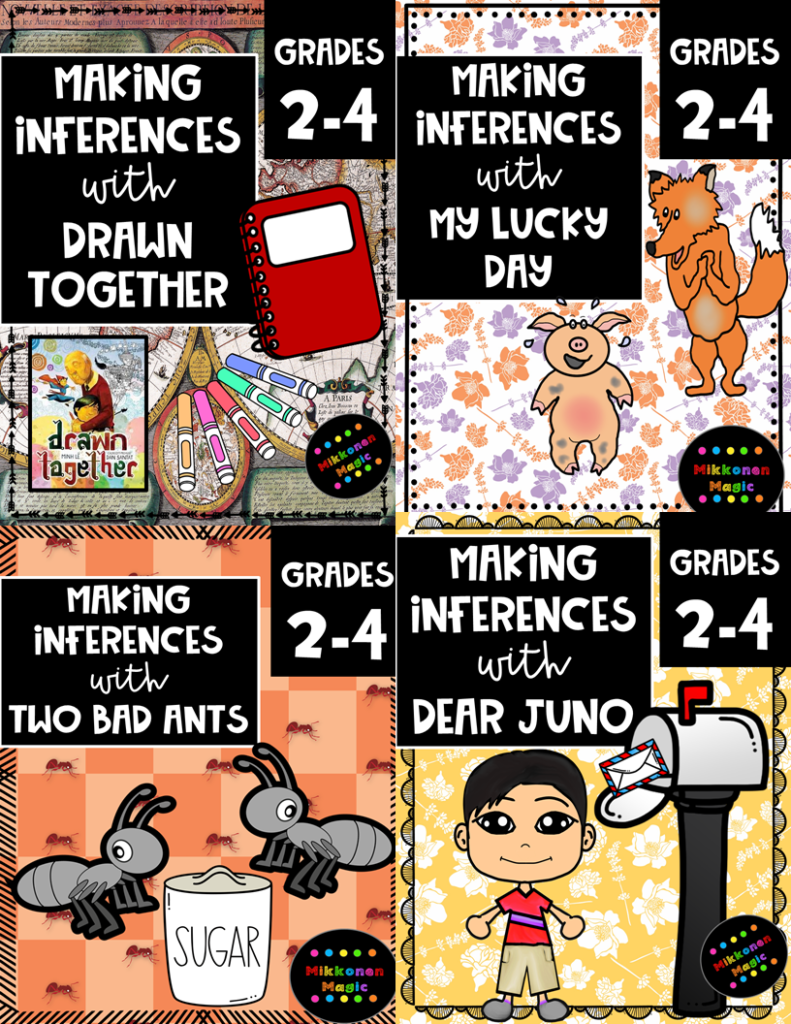
Here are a few other books I love to read during this unit:
I would love to know your favorite way to teach making inferences! Comment below!!

